I just got my E-30 yesterday from Olympus Malaysia. And boy, does this camera match perfectly well with the Zuiko Digital ED50mm F2.0 Macro lens.
This morning, I made a few shots with this combination. Although I was using a prime lens, there were certain aspects that prime lenses can be more advantageous opposed to varifocal lenses. I had noticed at least three aspects. One aspect was the size; small and nimble. Second aspect was the speed; large f/2 aperture value. Third aspect was the close focus; macro capability at least up to 1:2 reproduction.
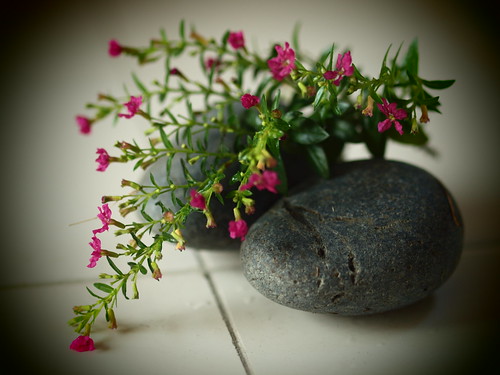 E-30 with Zuiko Digital ED50mm F2.0 Macro
E-30 with Zuiko Digital ED50mm F2.0 Macro
50mm, F2.0, 1/100s, ISO320
Well, not all aspects can be part of a prime lens. Design constraints and price will also be the determining factors. However, at least two aspects should be there. With these characteristics, the value of a prime lens is justified over a varifocal lens. Alas, in the case of Zuikos, there is a great mishap on the availability of such lenses to the photographers. Thus, the greatest need for such primes!!
Looking at the current lens lineup, it is easy to pinpoint the gaps. I can straight away list 3 lenses that are a must for Olympus to manufacture.
Zuiko Digital 12mm F2.0 wideangle lens: This wide-angle lens should be a favorite with many photographers. It covers both size and speed. With the 4/3 mount, 12mm requires a retro-focus design. This design is complex and requires many exotic optical material and configuration. Thus, it is acceptable to have the speed limited at F2 since wides do not require much speed. But, the advantage is the design can be more compact. It is possible to have it in 50mm-lens size with a larger diameter front element.
Zuiko Digital 25mm F1.7 normal lens: Normal prime lens should be a flagship lens; that is how I feel. Sadly, Olympus has none of it. However, 4/3 shooters can opt for the Leica D 25mm F1.4 ASPH lens. For me, I will pass this lens. It holds only one of the aspects that I had outlined. Instead, there should be a Zuiko with F1.7 aperture value. This flagship lens can hold all three aspects in terms of size, speed and close focus capabilities. At 25mm, it will not be retro-focus, and the design should be as simple as possible to meet all three criteria. I am hoping for 50mm-lens size with a close-focus down to 20cm.
Zuiko Digital 42mm F1.2 portrait lens: I have to confess, I like portraiture. Most of it actually is capturing the human condition; in my case, my children. What a great bonus if Olympus make such a lens. I always find the 50mm is a tad long for casual portraiture; especially due to the nature of being in close proximity. Focal length of 42mm should be perfect for it. Indeed, such fast optics is highly complicated to construct. The speed justifies for the loss in size and close-focus advantages. The shallow depth-of-field should be the strongest seller and should also the bokeh. With delicate design decisions, I expect this to be a bit smallish size of the 14-54mm lens with 62mm thread. This should be fair enough.
Rightly so, these lenses can easily be slotted at the High-Grade/Pro-Grade lens range along the 12-60mm and 50-200mm lenses. The optical qualities and robust weathersealed build related to this grade should be the strong factors to add to the already established aspects for each lens.
These prime lenses will quickly fill the gap for the photographer to capture the most demanding photographic situations. I can guarantee it.
Then again, these are my hopes. Hoping for the best....
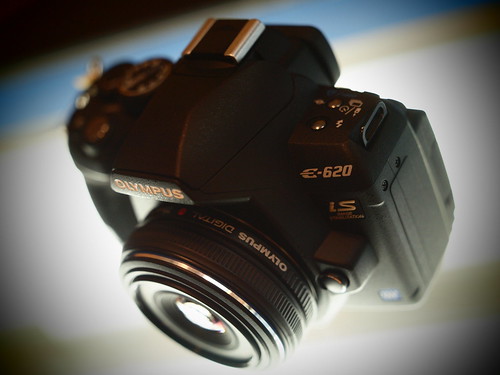

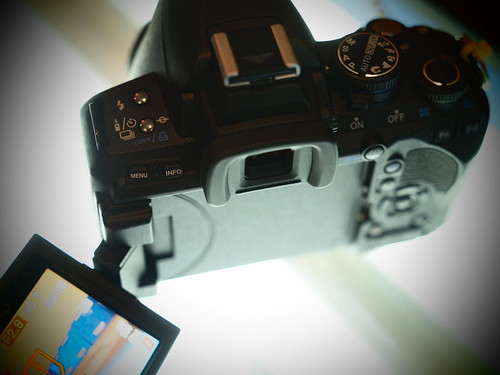



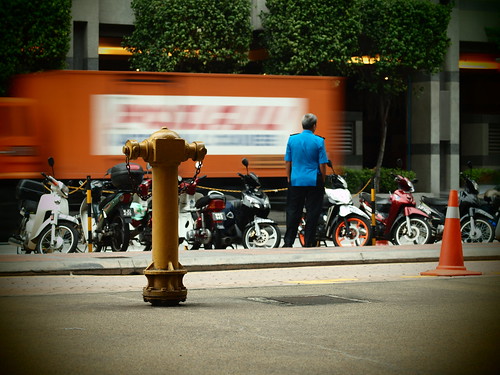

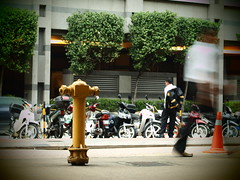
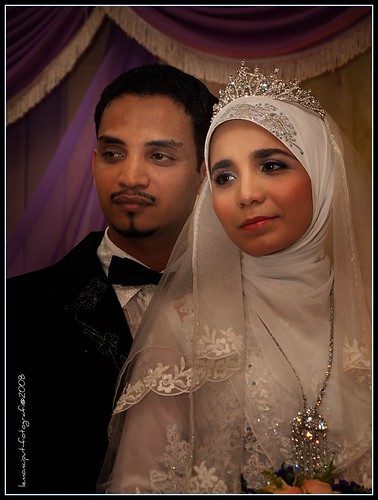

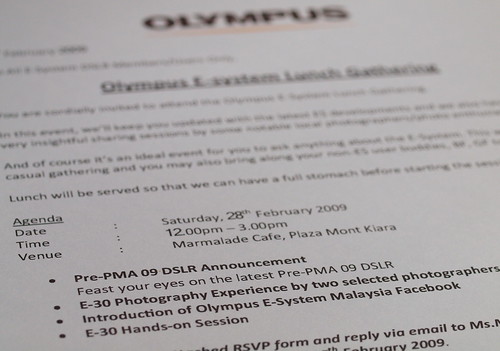
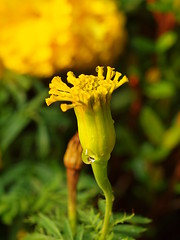
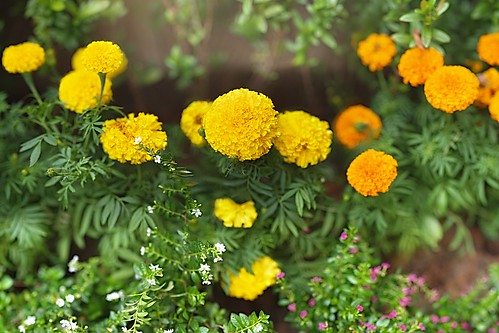
 E-30 with Zuiko Digital ED50mm F2.0 Macro
E-30 with Zuiko Digital ED50mm F2.0 Macro